By Nicole McNeilly
Between 2 – 5 October 2019 in Dijon, cultural academics, researchers and managers from across the world met for ENCATC’s Annual Congress, hosted by the Burgundy School of Business. It was an opportunity to present Cultural and creative spillovers in Europe – a follow-up review, an evidence review that was commissioned by the European Partnership on Cultural and Creative Spillovers in 2018.
It was a moment to reflect on the report findings and the utility of the spillover framework within a discussion about the Sustainable Development Goals (SDGs). The sector has moved on from its early indignance over culture not being explicitly acknowledged in any of the 17 SDGs (perhaps a cause of its delayed sector embrace). Now, reassured by numerous communications and high level discussions, it’s broadly accepted that culture should be central in the vision of the world that we want to see in 2030.
The safeguarding and promotion of culture is an end in itself, and at the same time it contributes directly to many of the SDGs…The indirect benefits of culture are accrued through the culturally-informed and effective implementations of the development goals.
Jyoti Hosagrahar, UNESCO, 2017
This blog pulls out the common themes shared in the presentation in Dijon and sets out how the spillover research agenda helps us to better understand how the arts, culture and creative industries can play a role in meeting the SDGs.
There are commonalities between emerging spillover areas and recognised areas where the arts, culture and creative industries contribute to the SDGs
Four new positive spillover effects emerged from the review (see pg 29 of the full report) and it was interesting to find that each of these can be found as areas of potential in the four-year review of the SDGs, written by the cultural sector-based conglomerate behind the original #culture2015goal campaign. The spillover framework, then, provides a lens through which to explore the potential of culture’s local and global impact.
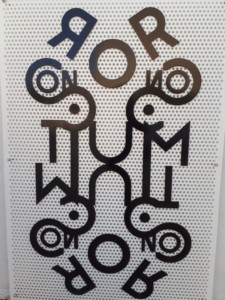 A two-way street – understanding how change that is good for everybody
A two-way street – understanding how change that is good for everybody
How will our sector grow by helping to meet the SDGs? How will the value of this activity be better understood for the cultural sector itself? The concept of cultural and creative spillover promotes the idea of a value chain that flows both ways. Noting a lack of such a perspective in the existing evidence base, future spillover research should include the value that collaborative cross-sector activity has on the arts, culture and creative industries themselves (a position that is emphasised, for example, by Dr Jane Gavan, University of Sydney, in the project Manufacturing Creativity in Vietnam). This has the potential to help funding agencies better target their innovation investment for the creation of spillover effects in both the arts, culture and creative industries and other sectors.
references to culture in the SDGs are scarce and do not sufficiently acknowledge the many ways in which cultural aspects influence and contribute to sustainable development
Culture in the implementation of the 2030 agenda (report), 2019, pg 5
Recognising our limitations (negative spillover) help us have most impact
Whilst acknowledging the role we can and must play, we shouldn’t overclaim what the sector can do. The holistic approach of the spillover research agenda has always advocated a wide and meaningful look at both the positive and negative impact of the arts, culture and creative industries. The review found that others are increasingly taking this open perspective. Eight negative spillovers were identified (see pg 31 of the full report) and being aware of these is just as important for our sustainability as understanding the positive spillover effects of our actions.
We need to be better at understanding and communicating our value
We need more coordinated action, a stronger voice and confidence in our methods. We must be confident in what we say, and for that, we need to continue to promote research methods that suit the sector. The 2018 review found that, in the sample of evidence reviewed, qualitative methods are increasingly being valued and prioritised over quantitative-only approaches that may fail to interrogate causality or demonstrate the full spectrum of value that emerges from activity in the arts, culture and creative industries. We should continue to design robust creative research methods and promote qualitative methodologies and mixed methods approaches.
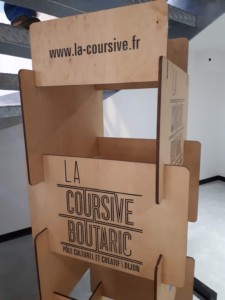 Let’s widen our understanding of culture to conceptualise true cultural equity within international development policies
Let’s widen our understanding of culture to conceptualise true cultural equity within international development policies
Finally, the broad definition of culture we’ve all come to accept (including both a way of life and culture as the “arts”) will have to expand further to account for massive social and economic shifts and the wealth of informal cultural participation that challenges the accepted distribution of cultural funding. We are now at a crossroads where we can reconceptualise cultural equity within international development policies. This is an area that needs further interrogation within the spillover framework.
Summary
To sum up, the spillover framework has value and is ready for more development. This research area has the potential to support a holistic, progressive and illuminating view of the value of the arts, culture and creative industries, and to strengthen culture as the fourth pillar of international development. We should thus be confident in discussing the sector’s value; we must work together: we should push forward a holistic qualitative research agenda; and we should definitely continue the conversation.
You can download the report Cultural and creative spillovers in Europe – a follow-up review or contact Nicole McNeilly via LinkedIn. Thanks to Bernd Fesel (European Creative Business Network) and Tsveta Andreeva (European Cultural Foundation), members of the research partnership, who recommended that this report should form part of the ENCATC congress scientific programme, and to ENCATC for hosting a rewarding event.


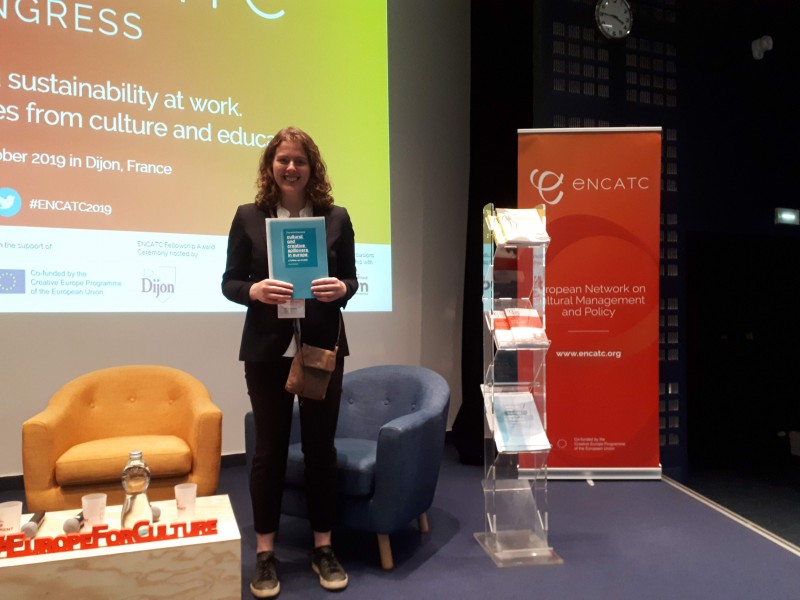
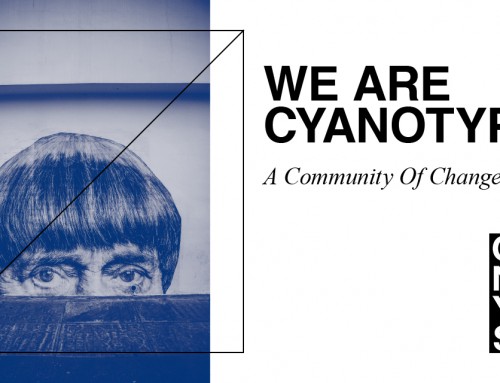
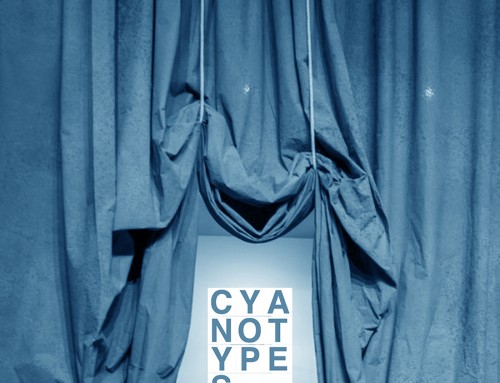
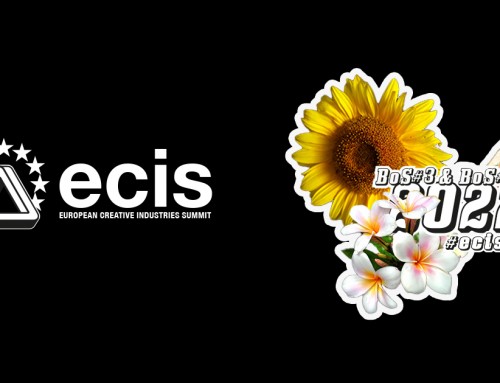
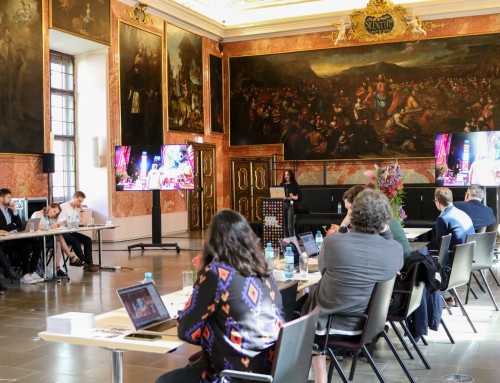
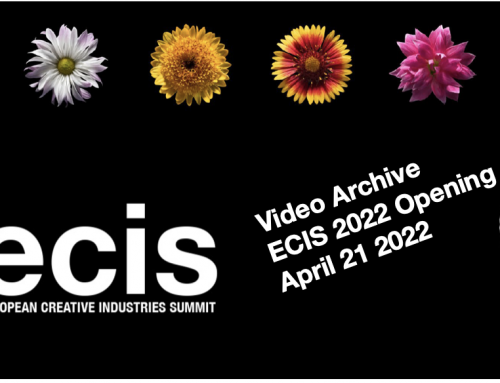
Leave A Comment